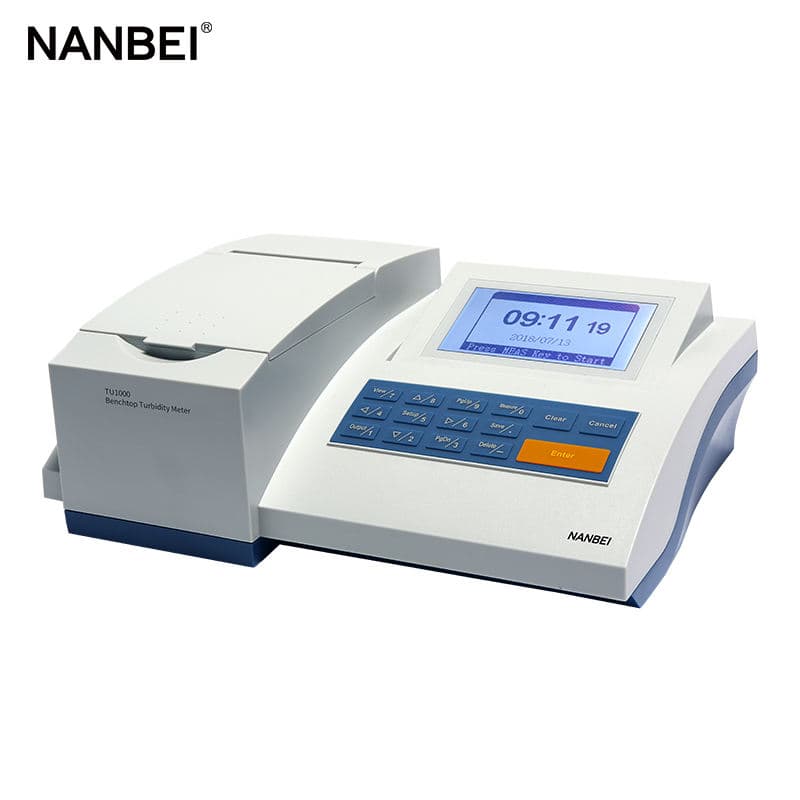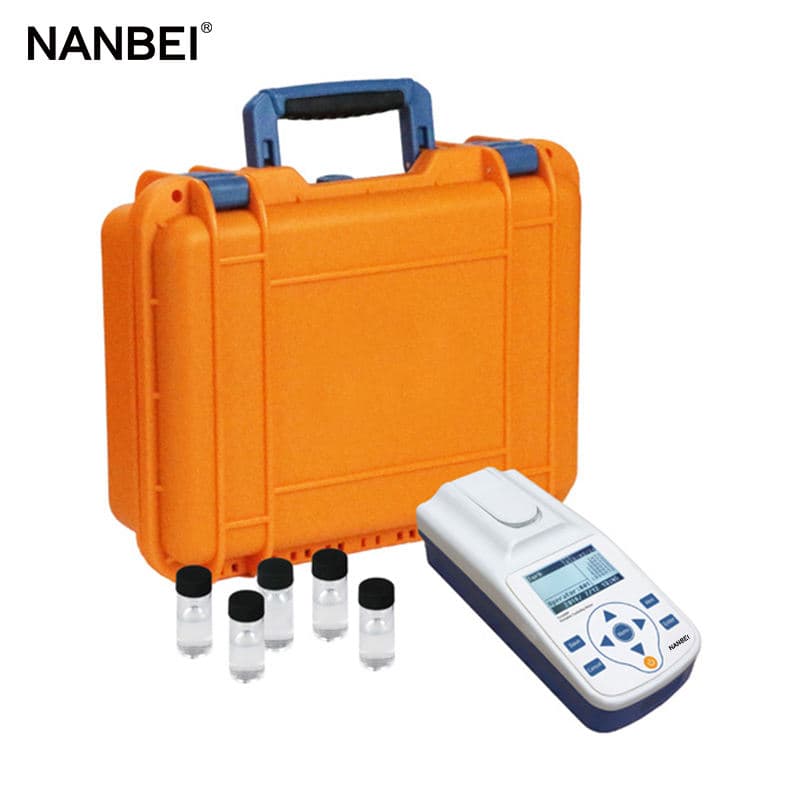- Email: nanbei2@nanbei-china.com
The turbidity meter, also known as turbidity analyzer, is a system used to measure the concentration of suspended particles in a process. The turbidity meter typically consists of three main parts: a turbidity sensor, a turbidity transmitter, and a process connection.

Unstable water turbidimeter readings are not necessarily caused by the turbidity meter itself. Improper operation can also lead to unstable turbidity meter readings. When there are many bubbles in the liquid being measured by the turbidity meter, the measurement value of the turbidity meter will be affected. Therefore, the turbidity meter measurement must wait until the bubbles in the aqueous solution sample dissipate before it can be carried out. Another reason for unstable turbidity meter readings is that the aqueous solution has a hanging cup when it is poured into the sample cup, that is, there are droplets in the cup chamber of the sample cup or water droplets on the outer wall of the sample cup. This interferes with the scattering of light and the turbidity meter cannot obtain accurate measurement results. The way to avoid this is to wipe the sample cup of the turbidity meter with filter paper before measurement.

When choosing a turbidity analyzer, you need to consider several factors, including measurement range, measurement accuracy, measurement speed, portability, light source wavelength, ease of use, durability, and cost. By considering these factors, you can choose a turbidimeter that suits your needs.